The freemium business model has become a cornerstone strategy for countless digital companies, from startups to tech giants. By offering a basic version of a product or service for free while reserving premium features for paying customers, businesses create a conversion funnel designed to turn casual users into loyal subscribers. Understanding how this funnel works—and how to optimize it—can mean the difference between a thriving revenue stream and a leaky bucket of missed opportunities.
At its core, the freemium conversion funnel is about guiding users through a journey. It begins with awareness, where potential customers discover the free offering through marketing, word of mouth, or organic search. The hope is that once they experience the basic version, they’ll find enough value to consider upgrading. However, this transition is rarely automatic. Companies must carefully design their funnel to nurture users, address hesitations, and highlight the benefits of premium features without overwhelming or frustrating them.
The psychology behind freemium conversions is complex. Users who engage with a free product often develop a sense of ownership or attachment, making them more receptive to upgrades—but only if the perceived value justifies the cost. A common pitfall is assuming that users will naturally gravitate toward premium options simply because they exist. In reality, the funnel requires deliberate touches, such as timed prompts, personalized recommendations, and clear demonstrations of how paid features solve specific pain points.
One of the most critical stages in the funnel is the moment when a user realizes the limitations of the free tier. This moment can either drive conversion or lead to abandonment. For example, a project management tool might allow free users to create up to three projects, after which they encounter a paywall. If the user has already invested time and effort into the platform, they’re more likely to upgrade rather than start over elsewhere. However, if the restriction feels arbitrary or the pricing seems unreasonable, the user may churn.
Timing plays a crucial role in optimizing conversions. Presenting a premium offer too early can alienate users who are still exploring the product, while waiting too long may cause them to settle into the free version indefinitely. Successful companies often use behavioral data to identify the ideal moment for an upsell. For instance, if analytics show that users who integrate a third-party app within the first week are more likely to convert, the funnel might include a targeted prompt at that stage.
Another layer of complexity comes from segmenting users based on their behavior and needs. Not all free users are equal—some may be content with basic features indefinitely, while others exhibit behaviors that suggest they’re ripe for conversion. Advanced freemium models employ machine learning or heuristic rules to tailor the funnel dynamically. A power user who frequently hits usage limits might see a different upsell message than a casual user who logs in sporadically.
The design of the funnel itself can make or break conversion rates. Clunky payment processes, vague feature comparisons, or lack of transparency around pricing can derail even the most engaged users. Conversely, a seamless upgrade path, coupled with risk-reducing tactics like free trials or money-back guarantees, can significantly boost conversions. The goal is to minimize friction at every step, ensuring that the decision to upgrade feels intuitive and rewarding.
Freemium isn’t a one-size-fits-all strategy. What works for a niche SaaS product may fail spectacularly for a mobile game or a consumer app. For example, gaming apps often rely on "soft" currency and cosmetic upgrades, while productivity tools might emphasize collaboration features or storage space. The key is aligning the premium offerings with the core motivations of the user base. A deep understanding of customer personas and their willingness to pay is essential for structuring an effective funnel.
Retention is just as important as conversion. A funnel that successfully converts users but fails to retain them is ultimately unsustainable. Premium features must deliver ongoing value to justify recurring payments. Many companies supplement their core offerings with exclusive content, premium support, or early access to new features to keep subscribers engaged. The most sophisticated funnels include feedback loops where user behavior post-conversion informs further refinements to the free tier and premium offerings.
Ultimately, the freemium conversion funnel is a living system that requires constant iteration. A/B testing, user surveys, and churn analysis are invaluable tools for identifying leaks and opportunities. Companies that master this balance—providing genuine value in the free tier while crafting irresistible premium upgrades—build not just revenue, but long-term customer relationships. In an era where users have endless alternatives, the elegance of the funnel often determines who thrives and who gets left behind.
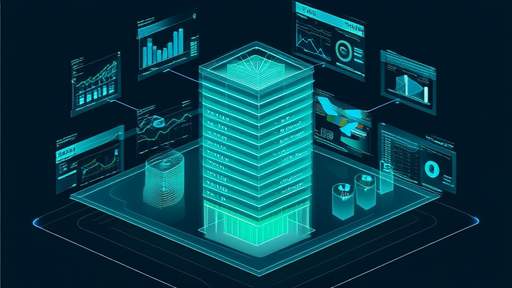
By /Jun 3, 2025
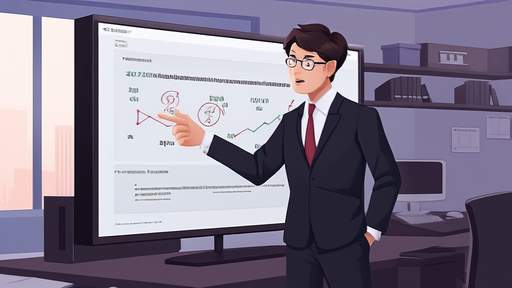
By /Jun 3, 2025

By /Jun 3, 2025
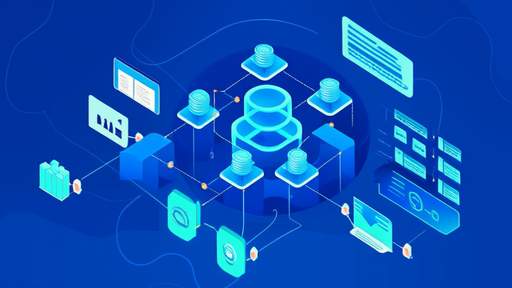
By /Jun 3, 2025

By /Jun 3, 2025

By /Jun 3, 2025

By /Jun 3, 2025
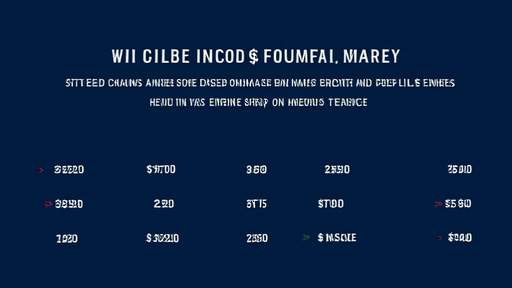
By /Jun 3, 2025

By /Jun 3, 2025
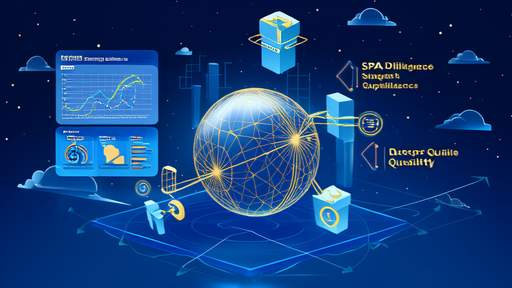
By /Jun 3, 2025

By /Jun 3, 2025
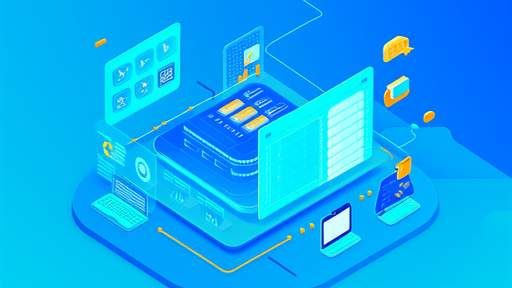
By /Jun 3, 2025
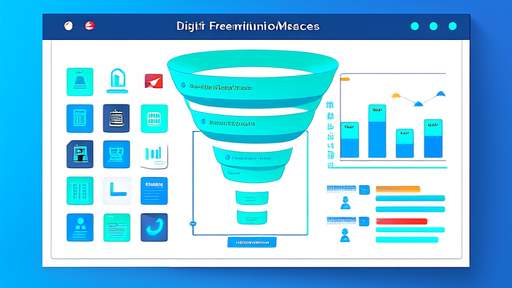
By /Jun 3, 2025
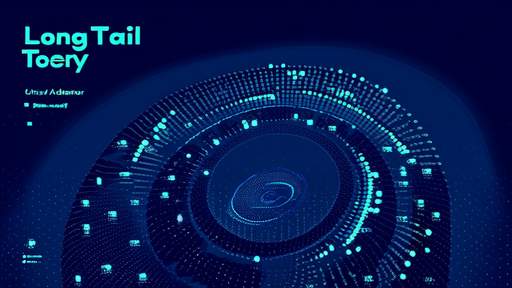
By /Jun 3, 2025

By /Jun 3, 2025
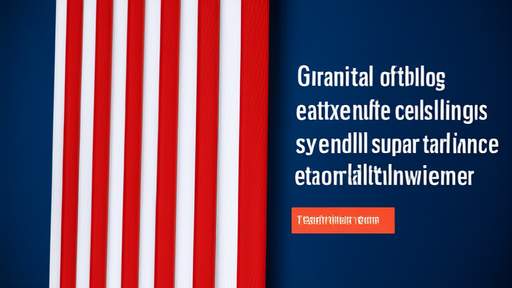
By /Jun 3, 2025

By /Jun 3, 2025

By /Jun 3, 2025

By /Jun 3, 2025

By /Jun 3, 2025